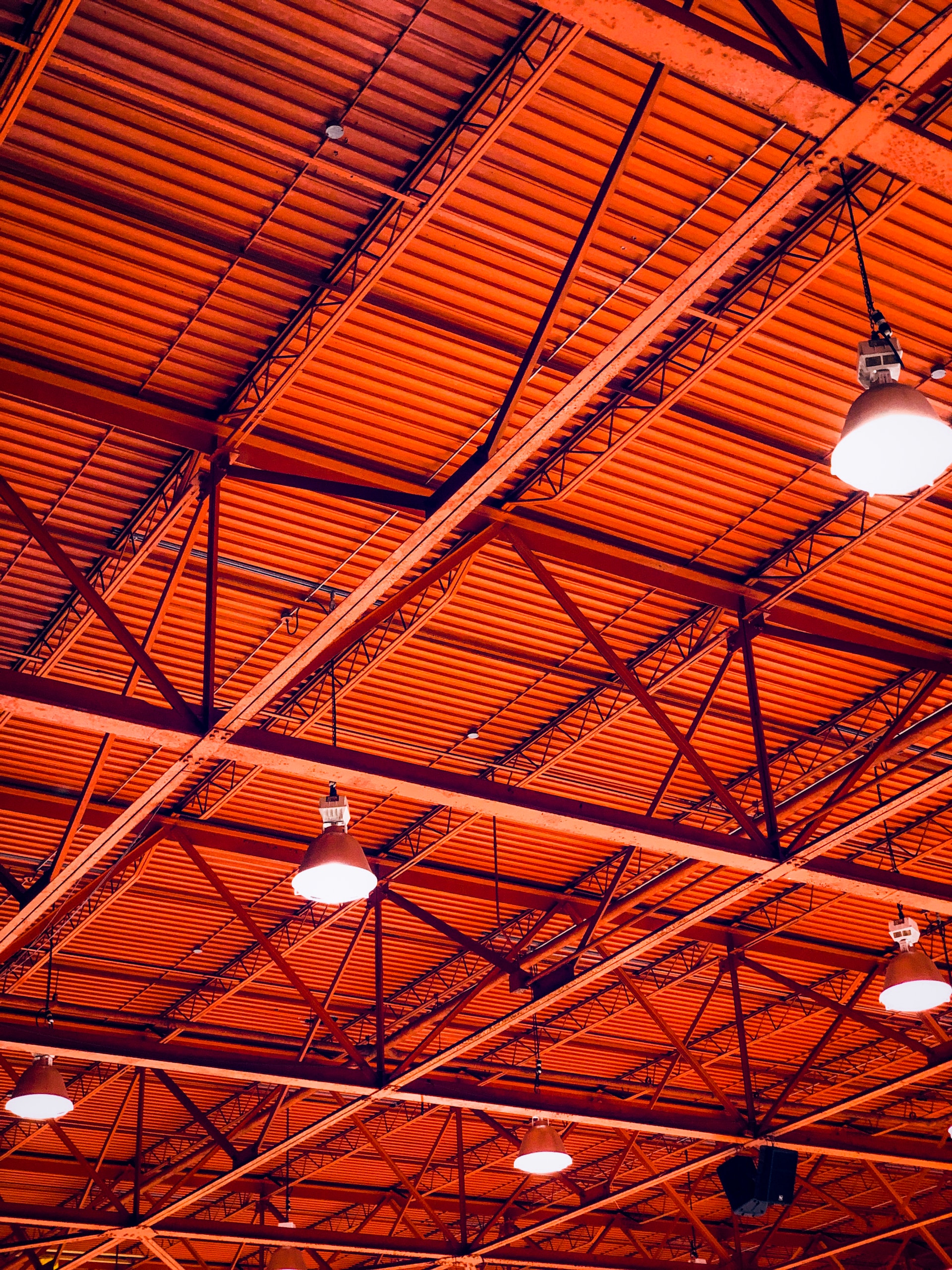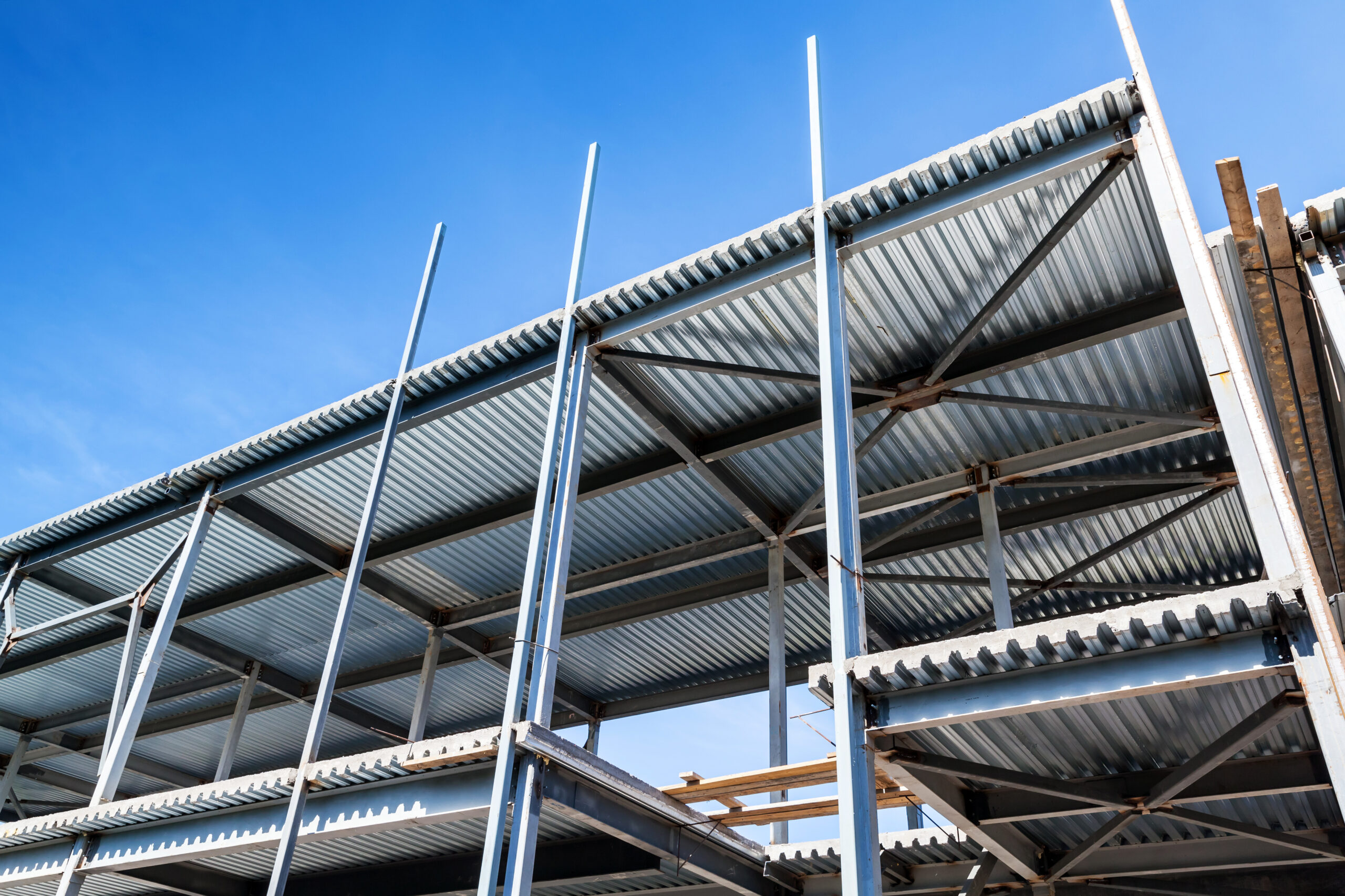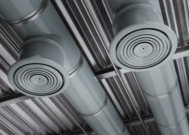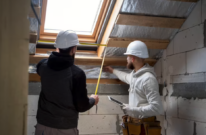Metal Decking Buyers Guide for 2023


Brian Jeffries
Brian Jeffries, a seasoned BPA Advisor. Brian is dedicated to sharing his wealth of knowledge on construction projects and materials. With a focus on architecture and building envelopes, Brian contributes valuable insights that shape the discourse around innovative construction practices and materials.
What is a metal deck? Is metal decking right for your next commercial project? Also known as steel decking, this has been used in so many different applications from roof construction, flooring, and even siding too. There are different names, such as Form Deck and B Deck, for this, but which is best? In fact, when it comes to a metal floor deck or even a metal roof deck, which is going to be the most suitable for your project?
Not all steel decks are made the same. So, before you make any purchases, let's break down the different types of metal decking and their purposes so you can get exactly what you need for your upcoming construction project.
What is Metal Decking?
When it comes to commercial construction, you're going to find that metal decking is a major key component, especially in steel construction. So what is a metal deck? Well, this is made up of rolling steel coils to corrugated rolled for specified shapes and sizes. The deck itself is created with cold-forming structural-grade steel coils; how this is done by creating a pattern of ribs and flutes (which then will be put into a series of shapes). The shapes themselves are called profiles, and these deck profiles are engineers for specified design requirements in commercial projects.
Each of these profiles offers its own unique shapes, such as offering a weight ratio needed for certain applications, and this includes stiffness too. You can say that steel decking is highly versatile, as it can be used for both temporary and permanent applications. On top of that, it can be used in various industries too.
“Composite metal decking serves as tensile reinforcement for the concrete slab. This is achieved by welding shear stud anchors from the beam below through the decking to be cast into the concrete slab along with rebar reinforcement. The type and size of metal decking is calculated and specified by a project structural engineer. It plays a crucial role in overall structural integrity by providing load-baring capacity, stiffness and stability, fire resistance, and sound attenuation” - Radek Krysztofiak, March Construction.
As stated earlier, it can be used for siding, flooring, and roofing, all thanks to its strength-to-weight ratio. Plus, it's fairly easy to install, and the cost is cheap as well. There are a wide variety of profile variants (and names), but there is something out there that's excellent for your upcoming project!
Other Terms For Metal Decking
There are a lot of terms out there for metal decking, and to a degree, they mean the same thing. But let's take a look at the two most common terms for metal decking that you might hear.
Q Decking
The original metal decking would be the Q decking; this was invented back in the 1960s by the HH Robertson company. The was a composite floor deck that was known as a Q-Lock Floor and was available in 2" and 3" depths. For the most part, you're not going to find Q decking anymore. The term Q Deck nowadays usually just means "metal decking" without getting too specific; it's basically a generic term now.
Pan Decking
This was used back in the 1940s up to the 1960s, but nowadays, this is nothing more than a generic term meant for metal decking as a whole.
What is Metal Deck Used For?

The decks available can be used in cellular and non-cellular profiles. Most metal decking is primarily used for intermediate floors within buildings, steel canopies (which are used for shelter and shade), structural designs, and supporting roof systems.
Benefits of Steel Decking
Are there any benefits to metal decking? Absolutely, this has been widely used in commercial projects, from roof construction to shelters. For more than 60 years, metal decking has formed into what it is today, and it's widely used in commercial projects. But why is it being used so often? What makes the steel deck so good to where it's had such a long lifespan?
Value
When it comes to commercial construction, you don't have to risk quality for value. Metal decking has a lower total cost for ownership. Plus, there's a lot of value when it comes to installation, time, overall performance, and material costs. You're getting high performance, all a great value.
Speed of Construction
In nearly all weather conditions, you can count on steel decking to be able to install it easily. While a lot of construction materials will need specific weather conditions, it's just not the case with steel decks. This means that you don't need to worry about delays, something other types of building systems tend to have.
Steel
Metal deck has a very high strength-to-weight ratio; this allows for the total cost of construction to be significantly lower in total weight than other building systems.
Versatility
Numerous SDI (Steel Deck Institute) certified profiles are available in various gauges & finishes which allow for proper specification across many design applications. Deck with and without stiffening elements, acoustical dampening, cellular and non-cellular. Steel deck applicable to a wide range of structural designs and projects.
UL Fire Ratings
In terms of UL fire-resistance rating requirements, steel deck manufacturers meet the requirements.
Quality
You're going to get nothing but superior quality when it comes to getting supply from steel deck manufacturers, as everything meets the specified requirements from the ANSI/SDI.
Types of Steel Decking
When it comes to the different types of steel decking that are available, there are actually several different types! For starters, for your project, if you need something that's readily available, then you could opt for N deck or B deck. But it doesn't begin and end just there, as you're also going to find other metal roof deckings profiles such as Type J, A, and F. These three are usually less commonly used or specified in construction-related projects, so they're not going to be so readily available either. Let's dive into how each Type is unique.
Metal Roof Decking
- Type B: Type B would be the most common type of metal roof deck that's used. It's usually used when you only need a span of ten feet or under. It can get as light as 22 gauge, but if you need something as heavy as 16 gauge, then it's possible too.
- Type F: Type F deck is primarily used for intermediate rib metal roof decking; these panels are considered to be stronger than type A, but Type B is still going to be significantly stronger. You're primarily going to find Type F being used for repair work for old houses, as the steel decking for older houses is very similar to Type F.
- Type A: Type A is also known as the "Narrow Rib," as this is considered to be one of the older versions of the metal roof decking. This is known for being one of the weaker steel decks, so it's mostly used for repair work, more specifically when trying to match the metal decking in old buildings. You're not going to find this in new projects.
- Type N: This is primarily used in construction projects where the metal roof decks need to be longer than ten feet.
- Type J: The Type J is the newest version of metal roof decking that's out there on the market, and it's fairly similar to N Deck. Unlike Type N, it requires less time to install, and the ribs are more at an angle too.
Metal Floor Decking
- Composite Decking: While we primarily covered metal roof decking, we can now cover metal floor decking. Most forms of metal floor decking as known as "composite" decks, but this doesn't mean that the deck is composite. Instead, what this means is galvanized steel. Due to the ribs within its design, it's meant to be able to handle concrete being poured over it. Once the concrete cures, it allows for the concrete to have more strength.
- Non-Composite (Form) Decking: The form deck is meant to support weight, especially when concrete is poured over it, while at the same time providing shore too. The non-composite decking is meant to provide an economical solution, so the decking doesn't even need to be removed at all, even after the concrete has been cured. The entire purpose is for it to stay in place.
Types of Metal Deck Gauges
When it comes to metal decking, you're going to find that there are four different gauges that are most commonly used. These four are; 16, 18, 20, and 22. When it comes to the gauge number, the large the number, the thinner the metal. So the smaller gauge number means the metal is thicker. For example, 16 is significantly stronger and thicker than gauge 22.
When it comes to gauges, there are some things you need to know. When it comes to the Engineer of Record (EOR for short) should be dictating the steel deck gauge requirements. This means that there are going to be specific job requirements that will need specific gauges. But there are going to be some pending factors, too, such as:
- The load capacities
- The concrete slab capacities
- The capabilities for spanning the deck during or even after construction is completed
- Shear values for the diaphragm
Types of Metal Deck Finishes
Since metal decking is created from steel, there still needs to be a protective coast, or else the moisture can cause it to corrode over the years. Whether you're going to be focusing on flooring or roofing, you're going to need to focus on how the metal decking can be protected. Here are the four most common ways of doing so.
Galvanizing
Galvanizing is going to be the best option if the metal decking is going to be exposed to the environment. While the levels of exposure are going to vary, you're going to find three levels of galvanization that are used for metal decking. Each of these is zinc per square foot in ounces:
- G30 - 0.3 ounces of zinc
- G60 – 0.6 ounces of zinc
- G90 – 0.9 ounces of zinc
Prime Painting
Prime painting is known for bringing some protection when metal sheeting is getting installed, and this is also going to help fight against corrosion in the long term. However, the environment needs to be controlled; prime painting isn't going to be sufficient for the metal deck if it's going to be placed in an environment where the air (dry or moist) isn't going to be controlled.
Non-Galvanized or "Cold Rolled"
This is when uncoated steel is painted with a primer. The primer is painted on to provide some provisional protection, and it's usually grey and/or white.
Galvanized Base & Primer Painted
This is when the galvanized base with based on enamel primer that's grey and/or white.
Which Steel Deck is Best for Your Upcoming Commercial Project?
When choosing the right metal decking for your commercial construction project, you need to know how crucial it is for ensuring a safe and durable building. By understanding the various types of metal decking available, their features, and their benefits, you can make an informed decision that will meet your project's needs and budget. Don't forget to look into the important factors for making this successful such as the strength of the gauges, corrosion prevention, and fire resistance. There are a wide variety of reputable manufacturers out there that sell high-quality metal decking, so be sure to reach out to them for all of your questions.
Get Smarter About Building Products
Join 50,000+ subscribers and get our 3 min daily newsletter on what matters in the building materials industry.
You might like this


Solving Ventilation Challenges: Metal Deck Profiles and Back Draft Dampers as Key Solutions
When it comes to building design and construction, ventilation is a critical factor that often presents significant challenges. Proper ventilation is essential for maintaining indoor air quality, controlling temperature, and ensuring occupant comfort and safety. In this article, we will explore how metal deck profiles and back draft dampers are key solutions for addressing ventilation […]


The Ultimate Guide to Home Insulation
When it comes to creating a comfortable and energy-efficient home, insulation plays a pivotal role. Proper insulation helps regulate indoor temperatures, reduces energy consumption, and enhances overall comfort. In this comprehensive guide, we’ll explore various aspects of home insulation, including the best types of insulation for different areas of your home and key considerations for […]


The Best Hidden Deck Fasteners: Concealed Elegance and Lasting Stability
Decks, those quintessential outdoor havens, serve as extensions of our living spaces, inviting us to bask in the open air. But what if we could take this experience to the next level? Enter concealed deck fasteners, the unsung heroes that elevate your deck’s appearance and structural integrity, all while keeping their existence a secret. In […]